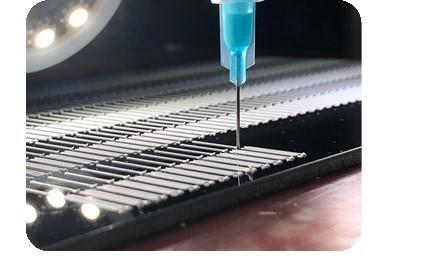Using ARES OS™ software to build your own autonomous research robot

ARES OS™ software drove an autonomous research system 3D (additive manufacturing) printer, AM ARES™, which taught itself to print simple structures controlling four independent parameters: Speed, prime delay, and X and Y offsets. See https://link.springer.com/article/10.1557/s43577-021-00051-1
Credit:
Air Force Research Laboratory
Created September 2, 2021

